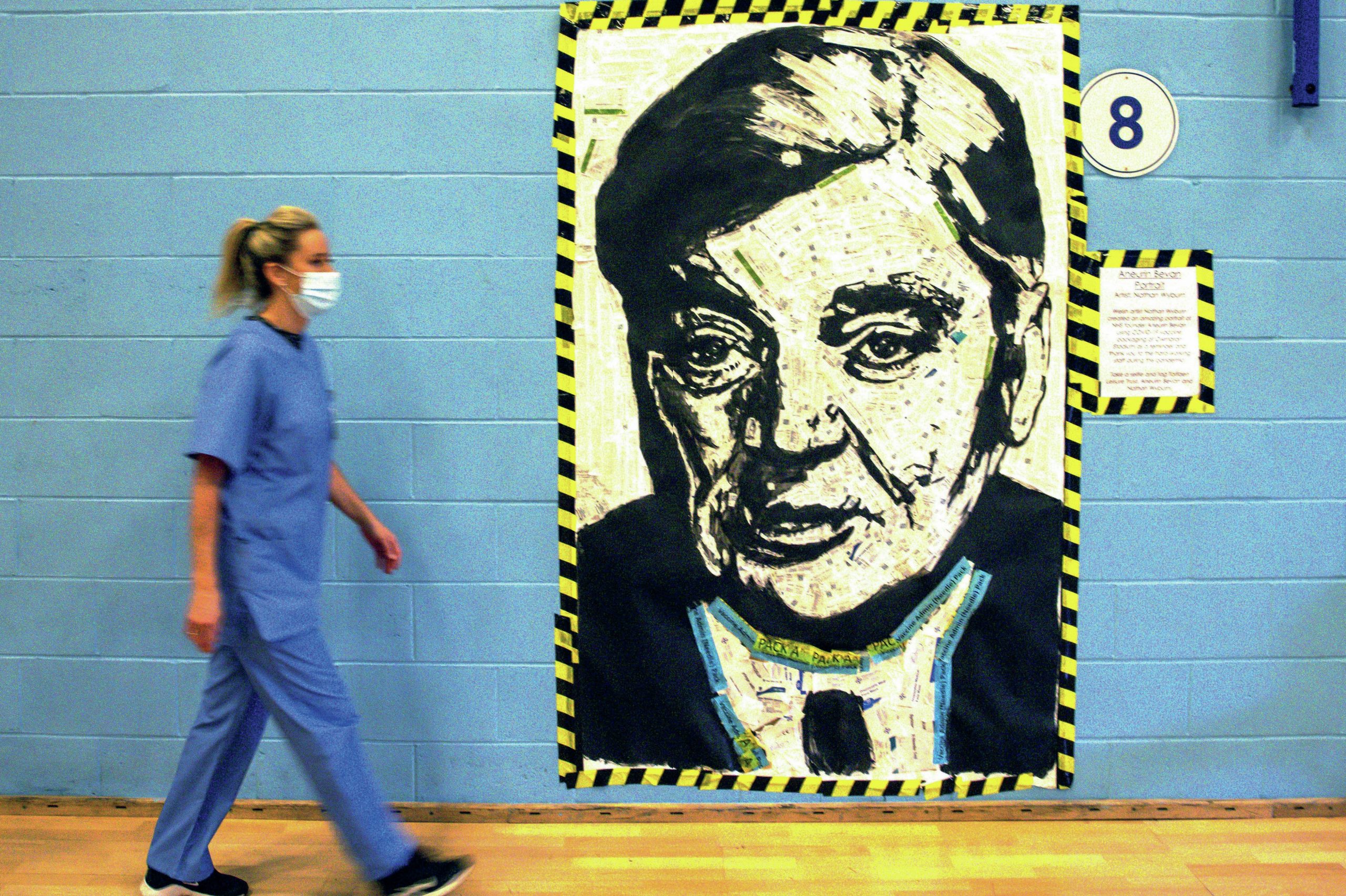
By the end of the nineteenth century there was growing realisation that the dominant laissez faire social and economic policies adopted by most governments since 1846 had not worked to alleviate poverty. Two influential studies: Charles Booth’s Life and Labour of the People of London (published 1906) and Seebohm Rowntree’s Poverty: A Study of Town Life focusing on York (published 1901) demonstrated that around one-third of the population were living below the poverty line. Rising levels of unemployment reinforced the sense that individuals were not responsible for their plight — as William Beveridge argued in 1909, unemployment was a problem of industry, not of individuals.
In the wake of such evidence, the Liberal governments from 1906 embarked on an ambitious programme of social reform. At the centre was the so-called People’s Budget of 1909 which was described by Chancellor Lloyd George as a war budget against poverty and squalidness. It raised income tax on high earners and introduced estate duties and stamp duties in order to finance social welfare measures.
Your organisation does not have access to this article.
Sign up today to give your students the edge they need to achieve their best grades with subject expertise
Subscribe




